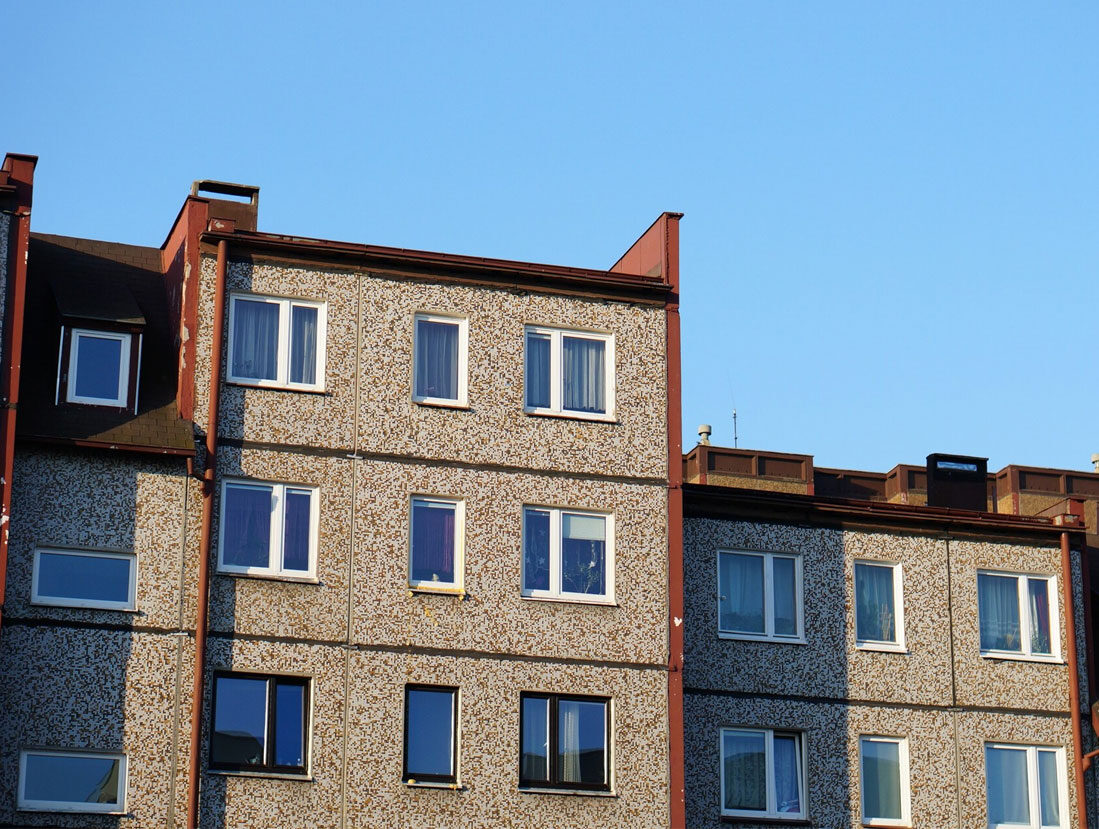The EWS1 (External Wall System 1) form has become a crucial document in the UK property market, especially for those living in or selling flats in high-rise buildings. But what do the various ratings mean, and how do they affect your property? Let’s break it down.
What is an EWS1 Form?
The EWS1 form was introduced by the Royal Institution of Chartered Surveyors (RICS) in December 2019. It’s a standardised way for qualified professionals to assess the fire safety of external wall systems on residential buildings. While not a legal requirement, many mortgage lenders now request this form before offering mortgages on properties in multi-storey buildings.
Understanding EWS1 Ratings
EWS1 forms use two main categories, A and B, each with subcategories. Let’s explore what each rating means:
Option A: External Wall Materials Unlikely to Support Combustion
A1 Rating
- There are no significant quantities of combustible materials in the external wall system.
- This is the best possible rating, indicating minimal fire risk.
A2 Rating
- A fire risk assessment has been carried out.
- The fire risk is sufficiently low that no remedial works are required.
A3 Rating
- While combustible materials are unlikely to support combustion, some remedial works may be necessary.
Option B: Combustible Materials are Present in the External Wall System
B1 Rating
- Combustible materials are present, but the fire risk is sufficiently low that no remedial works are required.
B2 Rating
- The fire risk is high enough that extensive remedial works are required.
- This rating can significantly impact property value and mortgageability.
Implications of EWS1 Ratings
The rating your building receives can have significant implications:
- A1, A2, and B1 ratings generally don’t cause issues for mortgage applications or property sales.
- An A3 rating might require some remedial work but usually doesn’t prevent mortgage lending.
- A B2 rating can make it challenging to sell or remortgage a property, as many lenders are reluctant to offer mortgages on these buildings until remedial work is completed.
Who Needs an EWS1 Form?
According to RICS guidance, an EWS1 form is typically needed for:
- Buildings over six storeys with cladding or balconies
- Buildings of five or six storeys with a significant amount of cladding (over 25% of the façade)
- Buildings of four storeys or fewer with ACM, MCM, or HPL panels
However, requirements can vary, so it’s best to check with your local council or a qualified professional if you’re unsure.
The Role of Fire Risk Assessments
A fire risk assessment is a crucial part of determining the EWS1 rating. This assessment, carried out by a qualified professional, evaluates the fire safety measures in place and identifies any potential risks in the external wall system.
What If Your Building Gets a B2 Rating?
If your building receives a B2 rating, don’t panic. While it does indicate significant work is needed, it doesn’t make your property worthless. Building owners should:
- Communicate clearly with residents about the findings
- Develop a plan for remedial works
- Explore funding options, including government schemes where applicable
Understanding EWS1 ratings is crucial for anyone living in or looking to buy a flat in a multi-storey building. While the process can seem daunting, it’s designed to ensure the safety of residents. If you’re concerned about your building’s EWS1 status, speak to your building owner or management company for more information.
Remember, fire safety is an ongoing process, and regulations continue to evolve. Stay informed and prioritise safety in your home.

